There can be your advertisement
300x150
Architectural Tips for House Design
When planning house construction, many things can be overlooked. The most important is working with a professional and licensed architect.
This person will help with the overall design and structure, adhering to necessary building codes, and assist in achieving your desired result. However, you may not be well-versed in the world of architecture.
Before signing a contract with an architect, familiarize yourself with these tips to know what to pay attention to when designing and building your first home.
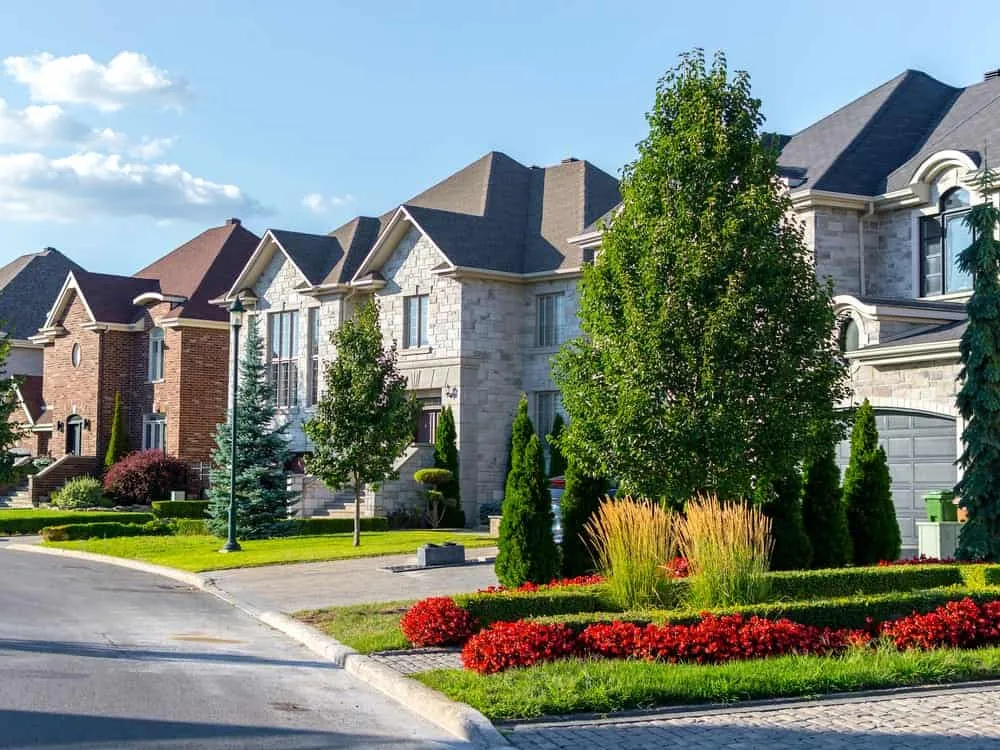
1. Focus on the Foundation
You cannot have a solid structure if the foundation is weak. For an investment to last long, it's essential to ensure a strong foundation. A deep foundation allows structural loads to be transferred to solid soils, whereas shallow foundations are weak.
This might seem expensive, but there's a more affordable approach. You may be able to work on the foundation of an existing building instead of completely demolishing it.
Your architect can closely collaborate with contractors you hire. Together, they will determine the best foundation option for your home.
2. Make Ceilings Higher
Nothing makes a space feel more spacious than high ceilings. The height of any room can significantly change our perception of its size, depending on the dimensions of other walls and the materials used in construction.
When creating a custom project with your architect, ask how high ceilings can be implemented and what effect it may have on the rest of the construction. This could affect, for example, finishing material costs and window sizes.
3. Think About Minimal Maintenance
You can build a home considering several needs. Many work from home and need a separate office, as well as bedrooms for each family member. A larger house may mean more maintenance work. There are many architectural solutions that can help create a low-maintenance home.
Choosing a slate roof, for example, is an excellent alternative to standard shingles, especially if you plan to make it your home for life. Standard shingles last about 30 years, while slate lasts over 100.
Talk to your architect about design elements that can make the home as easy as possible for you and your family to maintain, while still providing necessary space.
4. Natural Light is Key
The presence of natural light plays an important role in any home. This can be achieved with large floor-to-ceiling windows or even skylights. Working with your architect, see how they can help increase the amount of light in each room.
This includes main rooms where you want to direct sunlight. If you want to see sunrise in the bedroom and sunset in the office, this will significantly affect the direction and layout of your interior.
5. Energy Efficiency
Creating an energy-efficient home is not just about choosing appliances. Architecture plays a vital role in designing the house to reduce the amount of energy needed for heating and cooling, separate from HVAC systems.
Or perhaps you're interested in installing solar panels on the roof to reduce your carbon footprint (and monthly bills). How the architect designs the roof will influence whether they can be reliably installed.
In addition, where you place your home on the lot affects how much sunlight hits the roof area where solar panels are planned to be installed.
More articles:
 Amazing Benefits of Choosing Custom Logo Carpets
Amazing Benefits of Choosing Custom Logo Carpets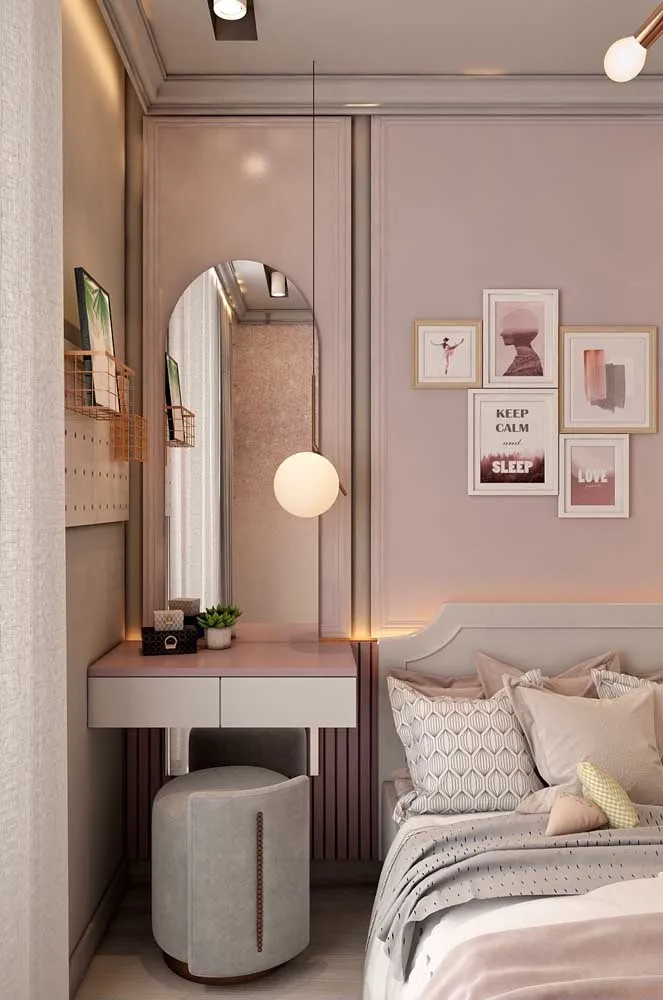 Impressive Ideas for a Teen Girl's Bedroom
Impressive Ideas for a Teen Girl's Bedroom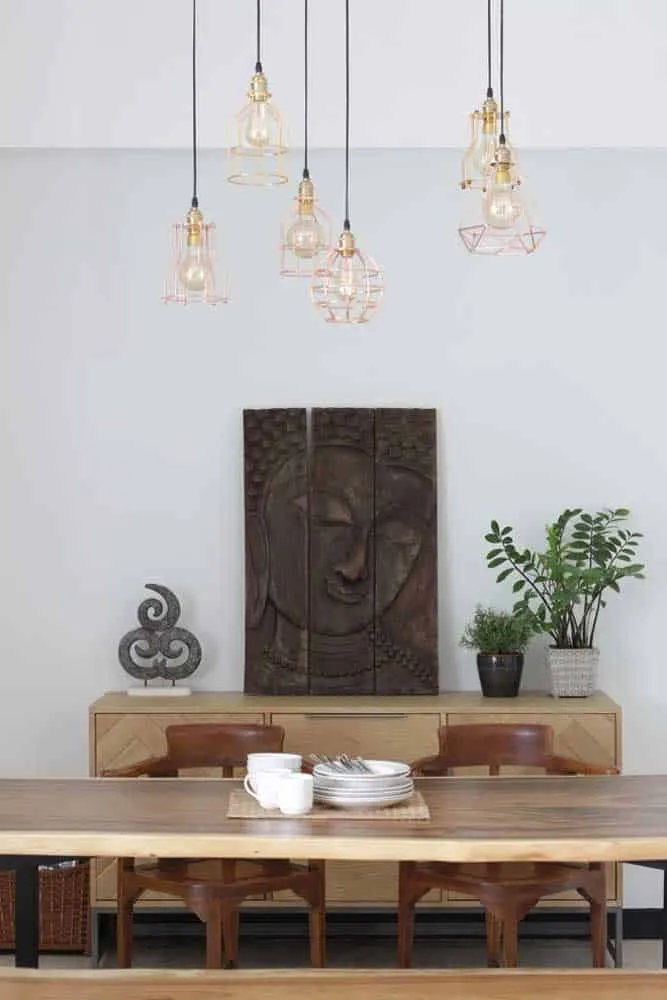 Impressive Decorative Tips for Using Pendant Shades
Impressive Decorative Tips for Using Pendant Shades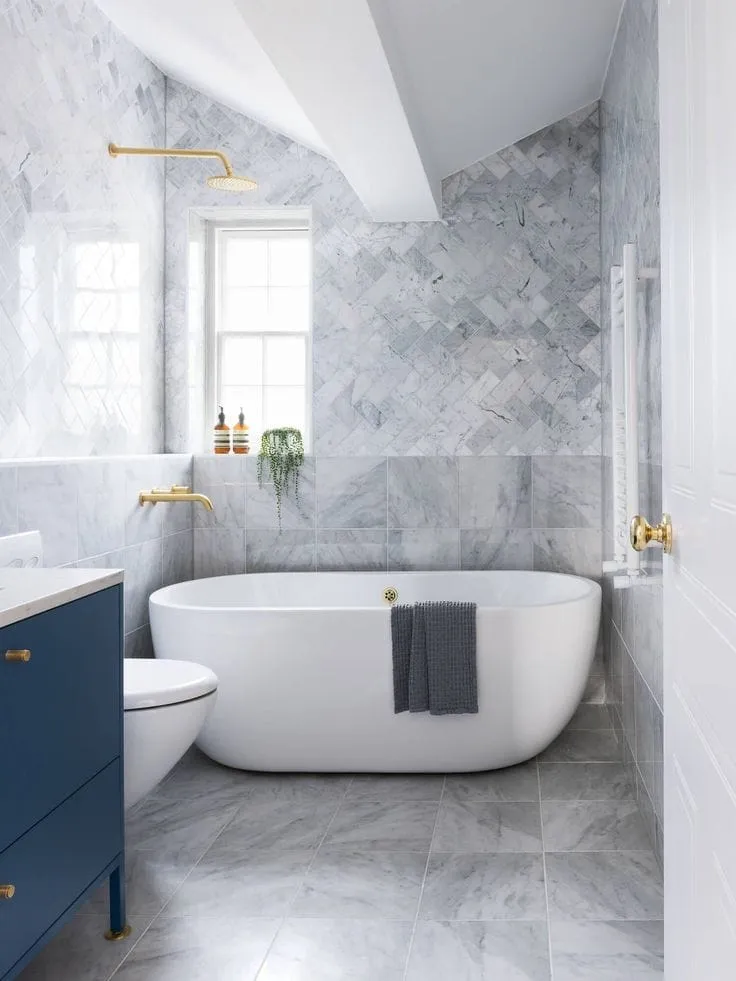 Amazing Bathroom Design Ideas for Apartments
Amazing Bathroom Design Ideas for Apartments Impressive Ideas for Embroidery Wall Decor for Your Home
Impressive Ideas for Embroidery Wall Decor for Your Home Important Ideas for Large Dining Tables
Important Ideas for Large Dining Tables Impressive Ideas for Yellow Kitchen Cabinets
Impressive Ideas for Yellow Kitchen Cabinets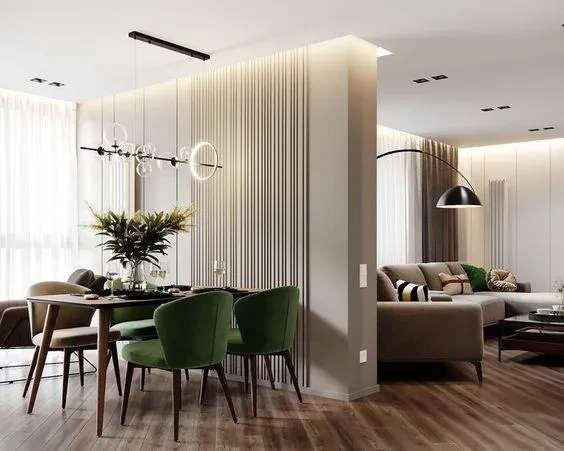 Inspired Ideas for a Decorated Dining Room
Inspired Ideas for a Decorated Dining Room